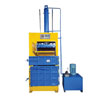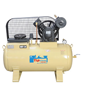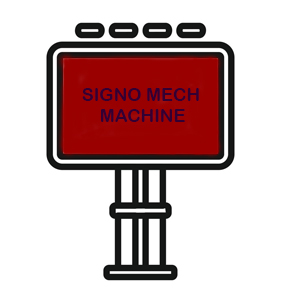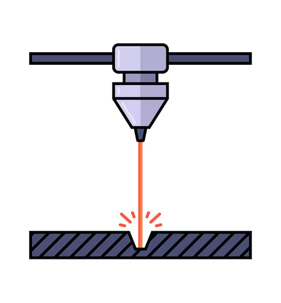Exploring Different Types of Hose Crimping Dies and Their Applications
Published On: Jun 02, 2023 by Pathak

Welcome to our blog post exploring the different types of hose crimping dies and their applications. Hose crimping dies are crucial components of a hose crimping machine, responsible for shaping and compressing the fittings onto the hoses, creating secure and leak-free connections. Understanding the various types of crimping dies available can help you select the right die for your specific application requirements. Let's delve into some of the common types of hose crimping dies and their applications:
There Are Some Type Of Dies :
1. Standard Dies: These dies are the most commonly used and come in a range of sizes to accommodate different hose diameters. They are versatile and suitable for a wide range of applications across industries.
2. Step Dies: Step dies are designed to crimp hoses with varying diameters. They have multiple steps or sizes within a single die, allowing for flexibility in accommodating different hose sizes. Step dies are particularly useful when working with hoses of different dimensions.
3. Reduced Barrier Dies: These dies are specifically designed for crimping barrier-type refrigerant hoses used in automotive air conditioning systems. They have a unique shape to create a crimp that ensures a secure connection while maintaining the integrity of the hose's inner tube.
4. Multi-Size Dies: Multi-size dies are capable of crimping multiple hose sizes within a specified range. They offer versatility and convenience, as they eliminate the need for frequent die changes when working with hoses of different sizes.
5. Specialty Dies: Specialty dies cater to specific applications or industries. For example, there are dies designed for crimping high-pressure hydraulic hoses, low-pressure air hoses, or industrial hoses used in specific sectors like oil and gas, construction, or agriculture.
When selecting a crimping die for your hose crimping machine, it is crucial to consider the compatibility with your hose and fitting specifications. Factors such as hose material, diameter, and type of fitting should be taken into account.
By understanding the different types of hose crimping dies and their applications, you can make informed decisions when choosing the appropriate die for your specific needs. This ensures that your hose assemblies are properly crimped, resulting in reliable and leak-free connections.
Always refer to the manufacturer's guidelines and specifications for proper die selection and usage to ensure optimal performance and safety. Remember, the quality and precision of your crimps depend on the appropriate selection and maintenance of your hose crimping dies.
Lastest Articles
-
Embracing NC Hydraulic Press Brake Technology in Middle East Factories
Being a prominent center for indust... -
What machines are used to set up an Electrical Modular Box Plant
Attention all aspiring entrepreneur... -
Manual Process For Making Steel Almirah
Steel almirah are not only durable ... -
Semi Automatic Almirah Making Machines
Streamlining Production Processes w... -
Steel Almirah Manufacturing With Fully Automatic High Precision Machines
Welcome to the world of precision a... -
Unlocking the Power of Precision Understanding the Purpose and Functionality of Drilling Machines
A drilling machine is a tool used f... -
A Beginners Guide to C-Frame Presses for Industrial Applications
Welcome to the world of C-frame pre... -
Busbar Machine Applications in Automotive Manufacturing
Busbar Machine Applications i... -
How Busbar Machines Contribute to Electrical Safety and Reliability
How Busbar Machines Contribute to E... -
A Beginner's Guide to Busbar Fabrication and Assembly
A Beginner's Guide to Busbar Fabric...










































